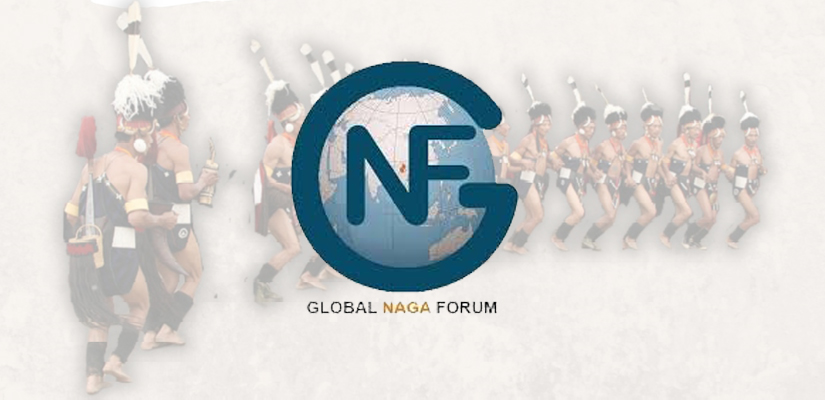By encouraging teachers to find the right balance between online resources and classroom interaction, the Ao Kaketshir Mungdang has raised a very pertinent issue of our times. We as a society today are not only faced with the digital boom – a shift we were never prepared for, but also the National Education Policy 2020 – a system we are yet to get acquainted with. With all these rapid changes taking place, we must ensure that the process of education and its purpose is not deluded. Throughout history, the process of imparting education has evolved, adapting to the changing needs and challenges of each generation. Even in our context, we have seen the process evolve from slates and chalk to blackboards to whiteboards to smart boards within a few decades.
Today, in this digital age, the emergence of online resources has presented both opportunities and challenges in fulfilling the true purpose of education. We must, however, remember that, the purpose of education at its core is to foster holistic development and equip individuals with the skills and knowledge necessary to navigate life successfully. Education instills (or is supposed to) critical thinking, creativity, and problem-solving abilities, nurturing individuals who can contribute to the betterment of society.
As stated by AKM, online resources have become increasingly popular in recent years. They offer a number of advantages, including accessibility, flexibility and cost-effectiveness. Online resources have revolutionized access to information, breaking down barriers of time and distance. This ease of access is undoubtedly one of the most significant advantages of using online resources for educational purposes. With just a few clicks, learners can access a vast array of materials, ranging from textbooks and research papers to multimedia content that caters to various learning styles. This democratization of knowledge has opened up new avenues. Indeed, there are numerous advantages.
However, despite these benefits, there are inherent challenges and limitations in relying solely on online resources for education. One of the most significant concerns is the potential for information overload and the lack of quality control. The vast amount of content available online can be overwhelming, making it challenging for learners to discern reliable sources from misinformation or biased content. Another crucial aspect to consider is the digital divide. While online resources offer tremendous potential for widening access to education, not everyone has equal access to the necessary technology and internet connectivity. This digital divide exacerbates existing educational inequalities, as those without access are left at a disadvantage. Additionally, concerns about the potential for reduced social interactions and increased screen time in online learning environments have been raised.
To agree with AKM, the best way to use online resources is to find the right balance between them and traditional forms of education. Online resources can be a valuable supplement to traditional classrooms, but they should not be used as a substitute. The integration of online resources should complement traditional educational approaches rather than replace them entirely. Educators and teachers must ensure that proper guidance is provided to help learners navigate the vast digital landscape. Ultimately, the purpose of education should remain grounded in creating informed, empathetic, and capable individuals who can contribute meaningfully to society, regardless of the tools and resources employed along the journey of learning.



